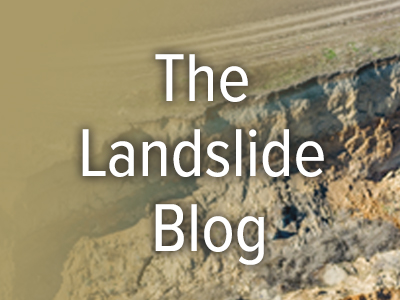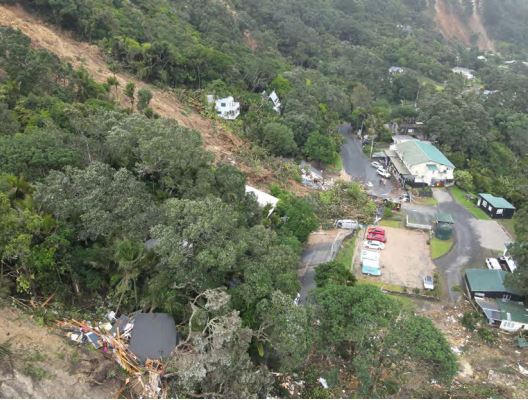Overview:
Investigations after the 13 February 2023 Muriwai landslide have highlighted the lack of preparedness of Fire and Rescue personnel for landslide accidents.
The Landslide Blog is written by Dave Petley, who is widely recognized as a world leader in the study and management of landslides.

In New Zealand, there is considerable interest this week in the safety of fire and rescue personnel when they have to attend landslides in which people are buried. This has been triggered by the report into the tragic 13 February 2023 landslide at Muriwai, in which two volunteer firefighters were killed during the response to a failure triggered by Cyclone Gabrielle. The report from that investigation is available online and should be required reading in the planning of the response to such events.
The report is blunt:
The ICAM based investigation found that [Fire end Emergency New Zealand’s] risk management systems did not identify landslides as a hazard that could harm its firefighters. This resulted in a lack of landslide related procedures and training for firefighters. The Muriwai firefighters knew about Muriwai’s general susceptibility to landslides but did not recognise the warning signs that indicated an imminent landslide threat.

Interestingly, an RNZ investigation has picked up on the point of a lack of preparedness. It found that:
RNZ asked FENZ for a copy of all the information it had kept on the risks from landslides to its personnel since it was set up in 2017, till Muriwai.
It had the Swedish manual and three other documents: Two PowerPoints – from 2014 – consisting mostly of photos of slips here and worldwide, and a generic safety document updated in 2021 which does not mention landslides at all.
The Swedish document mentioned is described as:
“…a 10-year-old manual from Sweden. Fortunately, it was in English, not Swedish, but it had little to say about the hazard to firefighters.”
This highlights a key issue that is present globally, not just in New Zealand. Fire and rescue personnel are almost always the state organisation that has to take responsibility for recovering people buried in landslides, but they are rarely adequately trained or prepared.
The slightly negative tone in the article about the Swedish manual is unfortunate, as I actually think it’s a really solid starting place. I must declare an interest here as I was informally consulted when it was being compiled. It is available online as a PDF. A far as I’m aware, it is the best document available that highlights the risk to fire and rescue personnel, and suggests a set of procedures for managing the danger whilst still being able to conduct rescues appropriately. It wisely breaks the risks down by landslide type, recognising that rockfalls have a different risk profile to, for example, quick clay landslides.
But overall, the point in the RNZ article is correct. Fire and rescue personnel face substantial danger when undertaking rescue operations. Landslides often occur sequentially, so the personnel risk being impacted. And the survival rate for landslides is very low. All too often, fire and rescue personnel operate with little understanding of the hazards, or indeed of the likely locations in which victims might still be alive.
As the last few weeks have shown, landslides are becoming more common, and this trend will continue, so fire and rescue personnel will face this challenge to an increasing degree in the coming years. It is essential that better approaches are developed to the facilitation of effective rescues and to keeping people safe.

